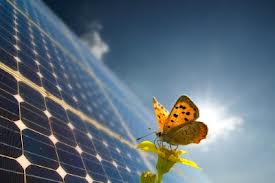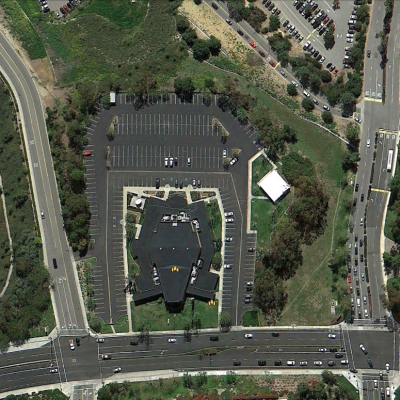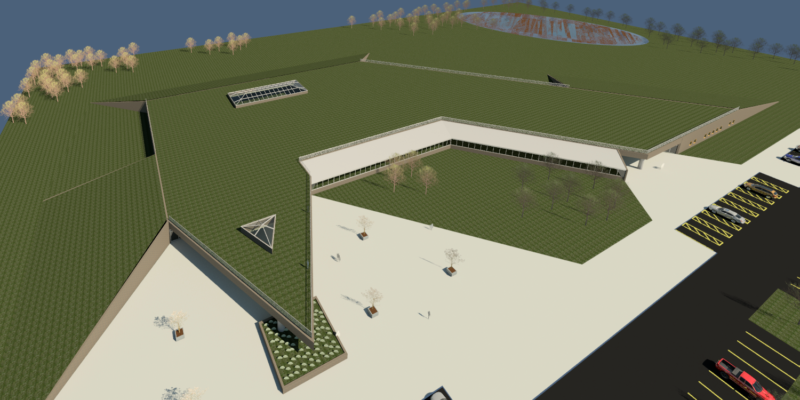
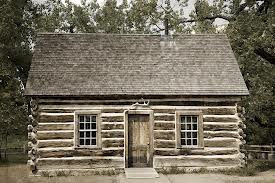
Living off the power grid is still a radical concept for most people. Images of grass huts and log cabins come to mind. Granted, a Net Zero life-style for our ancestors was the norm, without any other choice. They learned to live off the land in harmony with the seasons of the year. It simply was the only way of life. However, as modern technology continued to improve, our choices expanded. We now enjoy a life-style of expected creature comforts that, for the most part, are common place in society . . . choices any 19th century king would envy. In the process, we have separated ourselves from the natural cycles of the seasons, with energy dependent mechanical and electrical systems that sustain artificial environments inside, regardless of what is going on outside. It seems easier to turn on the air conditioning than to open a window! We have been raised to believe that this is progress. This way of thinking reflects a 20th century mentality . . . back in a time when cost effective, viable energy alternatives that could take us off the power grid were not available, and yet allow us to maintain a large portion of our expected creature comforts.

Today, however, is a much different story. There is a growing awareness for the need to be more environmentally sensitive in design and construction, as well as placing a greater focus on sustainable design. Federal, State, and local governmental agencies have aligned themselves to measureable green building programs (i.e. LEED by USGBC) while countless zoning ordinances are being modified to reflect a more sensitive and sustainable approach to building. This is being accomplished due to the amazing advancements with Net Zero technology. Utilizing smart passive design principles with an appropriate amount of high-tech systems, Net Zero is not only a real possibility, but a cost effective one. Passive features such as: earth integration, clerestory light, skylights, triple low-e glazing, super insulation, building materials, building orientation, etc., help to bring the building a majority of the way to Net Zero. Adding modest amounts of high-tech options bridges the remaining gap to achieving Net Zero.
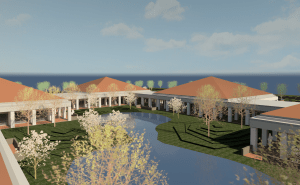
We are at an exciting time of transition. We can continue to use the obsolete specifications of the 20th century, or embrace the wide variety of cost effective, high-tech options that will give your building added energy flexibility and money back in your client’s pocket. Welcome to the exciting options of Net Zero design! Welcome to the 21st Century . . . where we can have it all and give something back in the process!
Give us a call!





